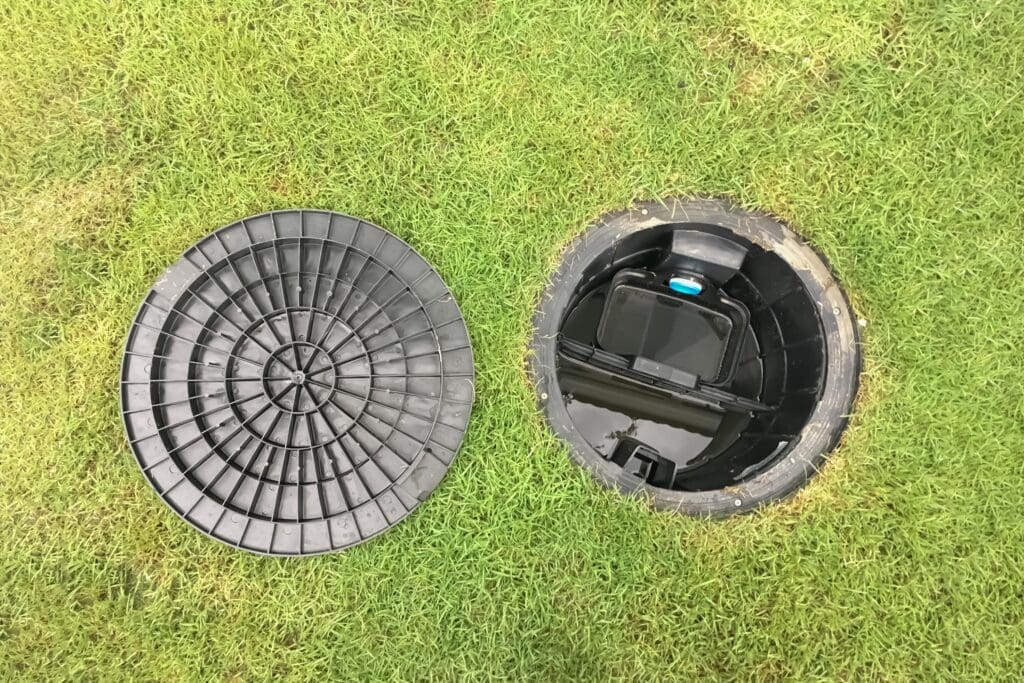Understanding Septic Tank Cleaning Services

For homes not connected to a municipal sewer system, a septic tank plays a crucial role in wastewater treatment. This underground container collects and partially treats household wastewater, separating solids from liquids. However, over time, these solids accumulate, reducing the tank’s capacity and potentially leading to system backups and costly damage. Regular septic tank cleaning is essential for maintaining a healthy and functioning septic system, protecting your property, and safeguarding the environment.
Why Regular Septic Tank Cleaning Is Crucial
Neglecting septic tank cleaning can lead to a cascade of problems. As solids build up, the tank has less space for the necessary separation process. This can result in suspended solids flowing into the drainfield, the area where the liquid wastewater is further treated by the soil. Solid overload can clog the drainfield pipes and the soil pores, significantly reducing its ability to filter wastewater. This can lead to slow-draining toilets and sinks, wastewater backing up into your home, and even sewage surfacing in your yard. These backups are not only unpleasant and inconvenient but also pose serious health risks due to the presence of harmful bacteria and pathogens.
Furthermore, an overfull septic tank can exert excessive pressure on the system’s components, potentially causing damage to the tank itself, the pipes, and the drainfield. Repairing or replacing these components can be significantly more expensive than routine cleaning. Regular pumping also allows for the inspection of the tank for any signs of damage, such as cracks or leaks, which can be addressed proactively before they cause major issues. By investing in regular septic tank cleaning, homeowners can avoid these costly and unpleasant problems, extend the lifespan of their septic system, and ensure its efficient and safe operation.
Understanding the Septic Tank Cleaning Process
Septic tank cleaning, also known as septic tank pumping, is a straightforward process. Here’s what you can typically expect:
Locating the Tank
The service technician will first locate your septic tank, which is usually buried underground with one or more access lids visible at the surface. If you’re unsure of its location, providing any existing documentation or knowing the general area can help.
Accessing the Tank
The technician will carefully remove the access lid(s) to the septic tank. This may require some digging if the lids are partially or fully covered by soil or grass.
Assessing the Tank Contents
Once the tank is open, the technician will assess the levels of solids and liquids. A properly functioning tank will have distinct layers: a top layer of scum (floating solids), a middle layer of effluent (liquid wastewater), and a bottom layer of sludge (settled solids). The thickness of the scum and sludge layers indicates when pumping is necessary.
Pumping the Tank
A vacuum truck with a large hose will be used to pump out the contents of the septic tank. The technician will ensure that both the solid and liquid waste are thoroughly removed.
Inspecting the Tank
After pumping, the technician will typically inspect the inside of the tank for any signs of cracks, leaks, or other damage to the baffles (internal walls that regulate flow).
Cleaning the Inlet and Outlet Pipes
The inlet pipe (where wastewater enters the tank) and the outlet pipe (where effluent flows to the drainfield) will be checked for any blockages and cleared if necessary.
Replacing the Lid(s)
Once the cleaning and inspection are complete, the access lid(s) will be securely replaced. The technician may also provide recommendations for future maintenance and pumping schedules based on the tank’s size and usage.
Determining Your Septic Tank Cleaning Schedule
The frequency of septic tank cleaning depends on several factors, including the size of your tank and the number of people living in your household. A general guideline is to have your septic tank pumped every three to five years for a typical family. However, households with more occupants or smaller tanks may require more frequent pumping. Water usage habits can also play a role; higher water consumption can lead to a faster accumulation of solids.
Contact Lone Star Septic Services today to learn more.